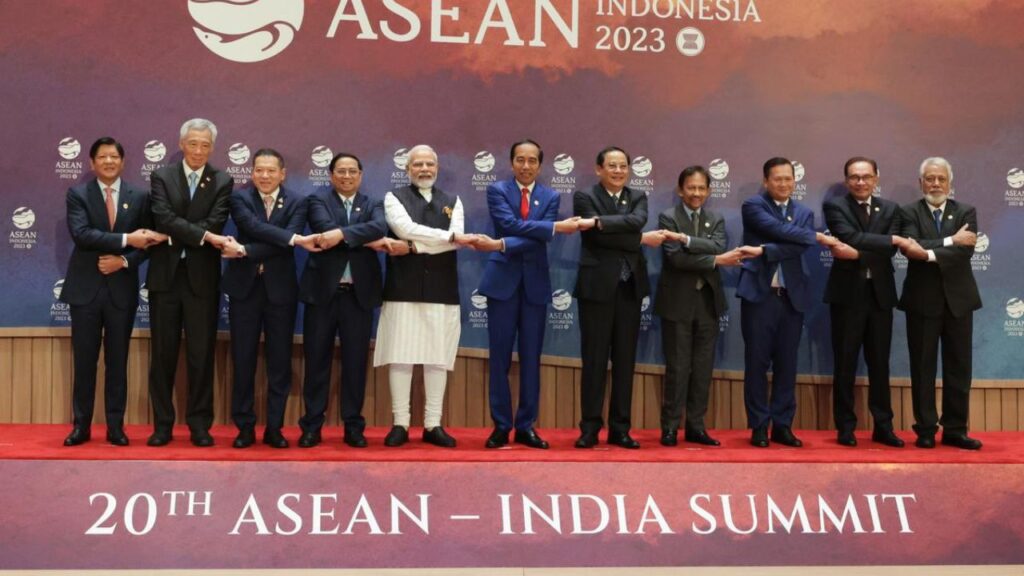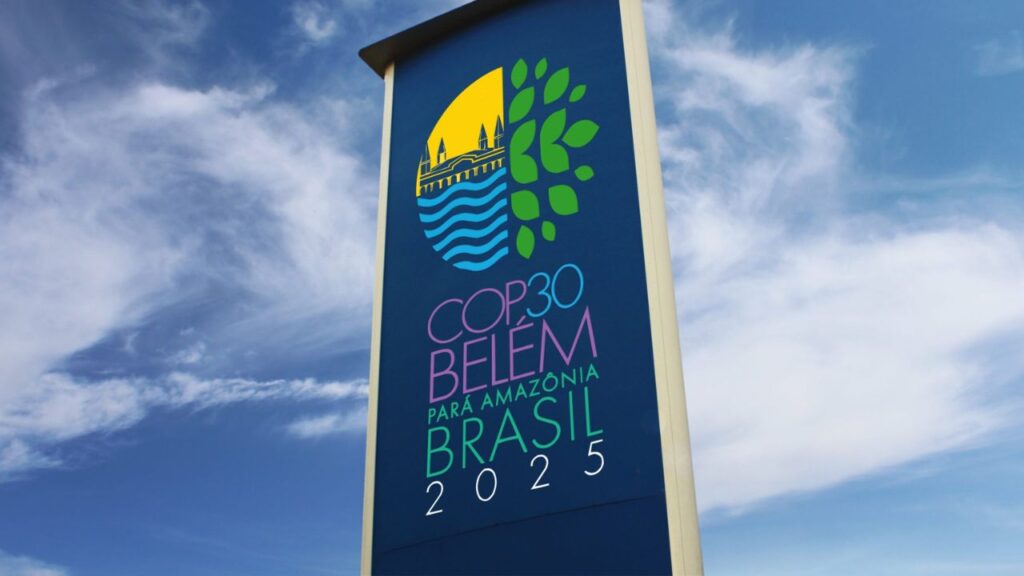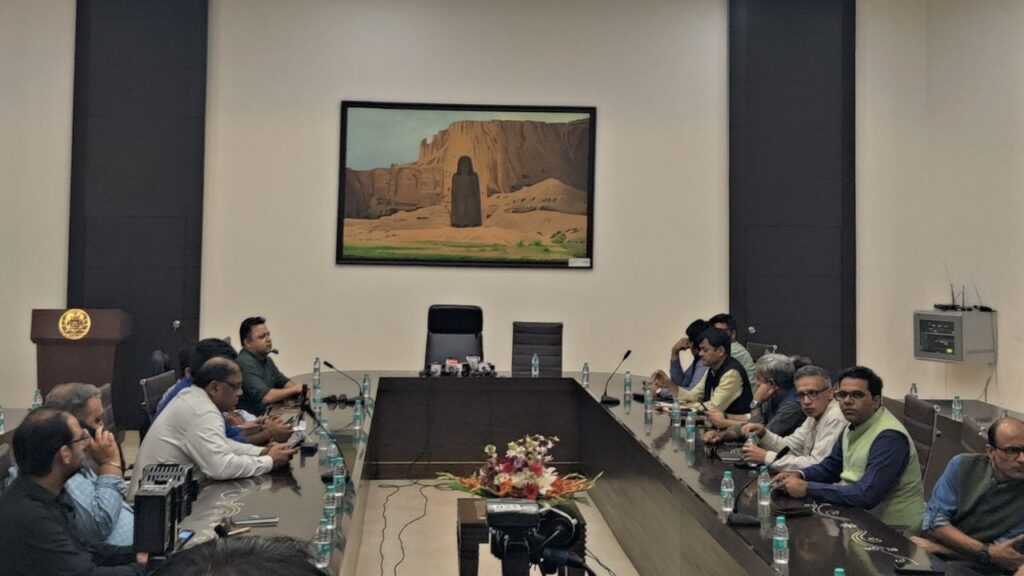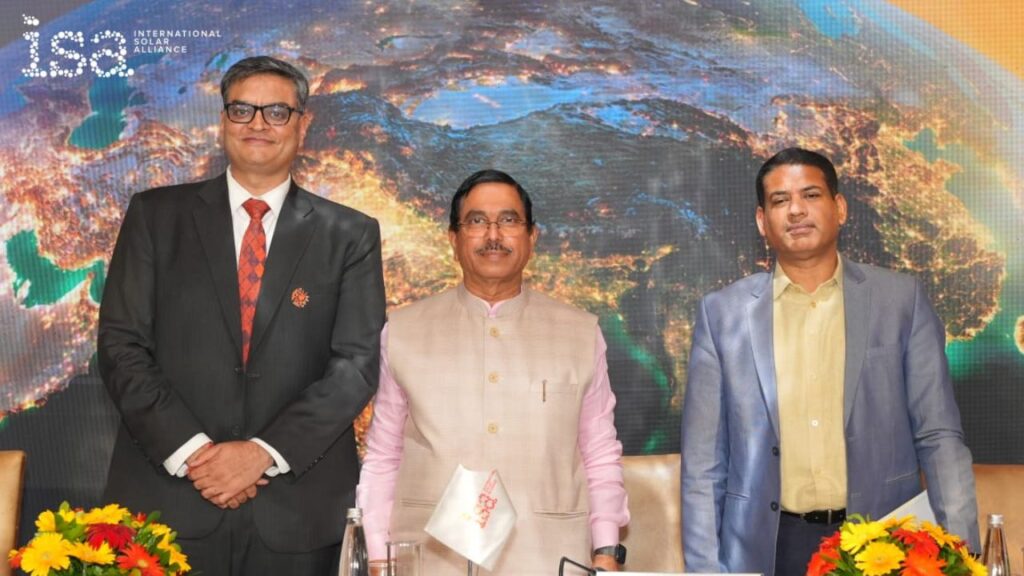India’s Act East Policy (AEP), announced by Prime Minister Narendra Modi on November 13, 2014, during the ninth East Asia Summit in Myanmar, represents a significant evolution of the Look East Policy (LEP) launched in 1992. The LEP initially focused on fostering economic cooperation with countries in the Indo-Pacific region, particularly the Association of Southeast Asian Nations (ASEAN).
The AEP builds on this foundation, adopting a more dynamic and multifaceted approach that emphasizes culture, commerce, connectivity, and capacity building. Over the past decade, this policy has reshaped India’s diplomatic, economic, and security engagements, positioning the country as a proactive stakeholder in the Indo-Pacific. By prioritizing strategic partnerships, infrastructure development, and cultural ties, the AEP has expanded India’s influence in a region critical to global geopolitics.
The AEP responds to the shifting geostrategic landscape in the Indo-Pacific, particularly China’s growing assertiveness. China’s rejection of the 2016 Permanent Court of Arbitration ruling on the South China Sea, its expansive claims under the Nine-Dash Line, and its construction of artificial islands have heightened regional tensions.
Additionally, China’s String of Pearls strategy, involving a network of military and commercial outposts across the Indian Ocean, has raised concerns among South Asian nations about maritime security and regional influence. To counterbalance these developments, India has strengthened its role through initiatives like the Quadrilateral Security Dialogue (QUAD), comprising India, the United States, Japan, and Australia, and deepened ties with ASEAN. Maritime exercises, defense partnerships, and infrastructure projects have further bolstered India’s strategic presence, ensuring it remains a key player in promoting a rules-based regional order.
Economic cooperation and connectivity form the backbone of the AEP. India is ASEAN’s seventh-largest trading partner, while ASEAN ranks as India’s fourth-largest. Bilateral trade has grown steadily, with Indian private sector companies investing in renewable energy, pharmaceuticals, mining, and technology startups across the region. Infrastructure projects, such as the India-Myanmar-Thailand Trilateral Highway and the Kaladan Multimodal Transit Transport Project, aim to enhance physical connectivity.
The Vizag-Chennai Industrial Corridor (VCIC) and other initiatives underscore India’s commitment to fostering economic integration. Digital connectivity also plays a pivotal role, with India supporting projects that bridge technological gaps in the region. These efforts not only strengthen economic ties but also position India as a reliable partner in the Indo-Pacific’s development.
Security and defense cooperation have gained prominence under the AEP as India seeks to address China’s maritime assertiveness. India has deepened bilateral and multilateral ties with countries like Vietnam, Thailand, the Philippines, Indonesia, Japan, and Australia. Naval exercises such as MALABAR (involving the United States, Japan, and Australia), MILAN, and SIMBEX (with Singapore) enhance India’s maritime capabilities and interoperability with regional partners.
A landmark achievement was the 2022 export of BrahMos supersonic cruise missiles to the Philippines, signaling India’s emergence as a credible defense supplier. Through the QUAD and other platforms, India advocates for a balanced and inclusive regional security architecture, reinforcing its commitment to stability in the Indo-Pacific.
Cultural diplomacy is a cornerstone of the AEP, leveraging India’s historical and civilizational ties with the region. Initiatives like the revival of Nalanda University and the establishment of the International Buddhist Confederation promote shared Buddhist heritage.
Educational programs, including ASEAN-India student exchange initiatives, scholarships, and institutions like South Asian University and the ASEAN-India Cultural Centre, foster people-to-people connections. These efforts strengthen mutual trust and understanding, enhancing India’s soft power and reinforcing diplomatic ties. By emphasizing cultural linkages, India not only deepens its engagement with ASEAN but also builds lasting partnerships grounded in shared values.
Despite its successes, the AEP faces significant challenges. China’s Belt and Road Initiative (BRI) and its substantial investments in South Asia pose competitive pressures, exacerbating India’s trade deficit with China and complicating regional dynamics. Geopolitical tensions and delays in project implementation, such as the slow progress of the India-Myanmar-Thailand Trilateral Highway, hinder India’s ambitions.
To address these issues, India must adopt a more streamlined and time-bound approach to connectivity projects, enhance economic engagement, and integrate frameworks like the Bay of Bengal Initiative for Multi-Sectoral Technical and Economic Cooperation (BIMSTEC). By focusing on timely execution and leveraging its cultural and economic strengths, India can overcome these constraints and solidify its regional influence.
The Act East Policy has transformed India’s engagement with the Indo-Pacific, moving beyond the economic focus of the Look East Policy to a comprehensive strategy encompassing security, culture, and connectivity. By addressing implementation gaps, enhancing economic capacity, and fulfilling international commitments, India can further strengthen its position as a reliable and inclusive partner.
The AEP not only counters regional challenges but also projects India as a key stakeholder in the Global South, fostering mutual growth and cooperation. As the Indo-Pacific region continues to evolve, India’s proactive and inclusive approach will be critical to shaping a stable and prosperous future.

















